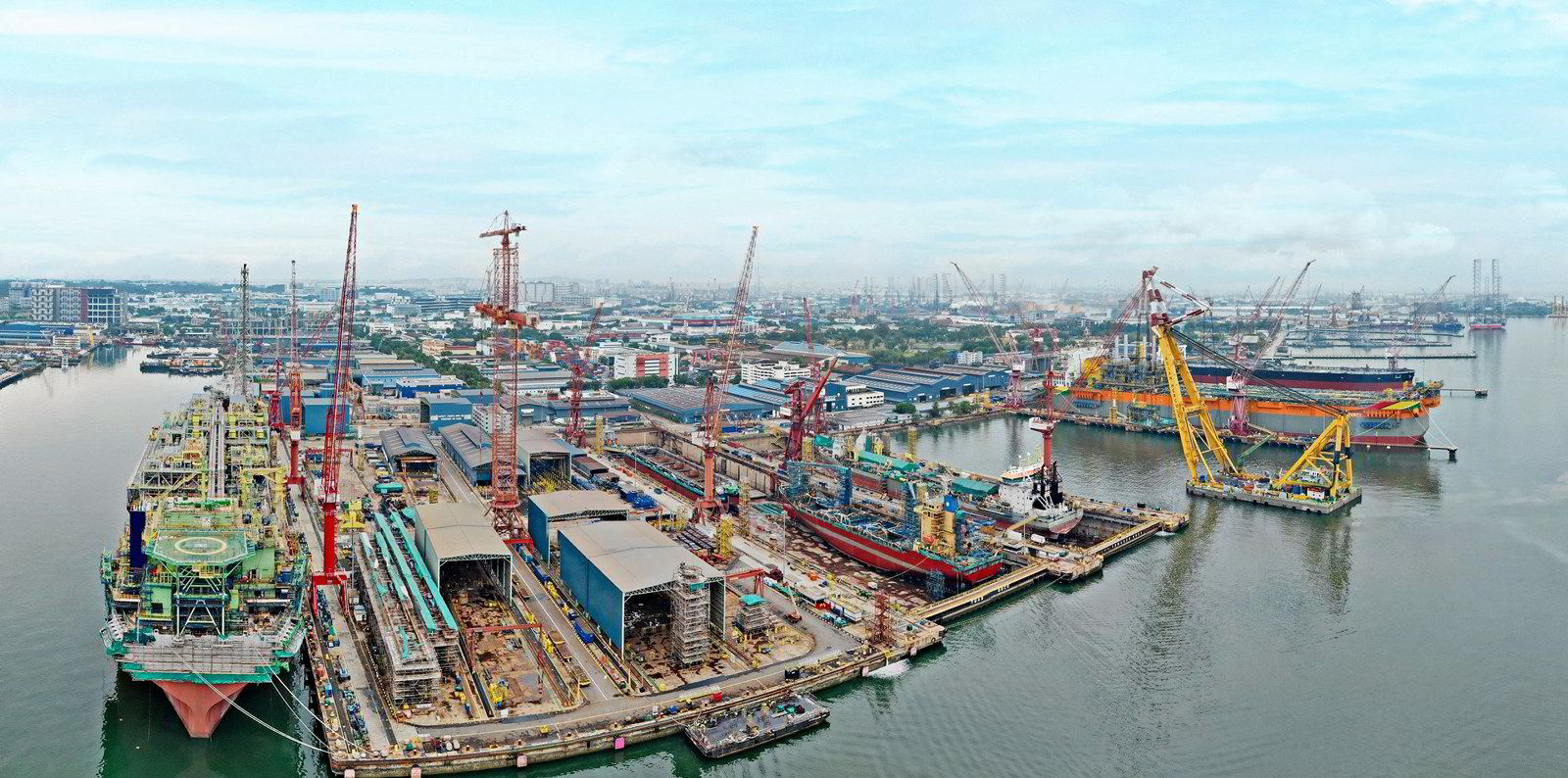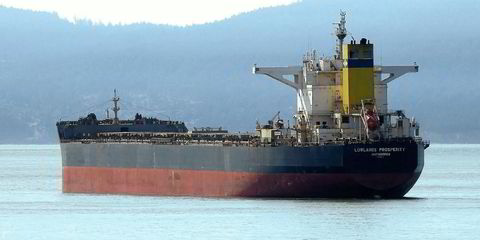The tanker market is set to continue its upward momentum until at least 2026 as owners capitalise on the lowest orderbook for almost 30 years, according to Astrup Fearnley’s analysts.
Tight tonnage will fuel the rise of the sector although rates are set to continue their recent slides over the next six months, analyst Jonathan Staubo told the Astrup Fearnley Shipping & Energy Conference.
Staubo said the low orderbook and increased demand for oil from economies emerging from the Covid-19 pandemic provided the basis for recovery for tanker owners.
The Russian invasion and the reshuffle of oil trading patterns had merely propelled the dirty tanker sector to new heights, he said.
The Baltic Exchange’s dirty tanker index hit highs in December not seen for 18 years but time charter rates have since halved in some tanker segments.
The largest crude carriers have been hit hardest with average time charter equivalent rates falling dramatically from $75,000 a day to $11,500 this week.
The sharp declines have encouraged some owners to fix their ships on short-term charters until rates improve.
“We still think we are at the start of a multi-year upcycle, but the next six to nine months may see a continuation of what has transpired over the last month for the tanker market as a whole,” said Staubo.
He said that tankers would be affected by an expected 2m barrels a day reduction in combined crude output from the US and Opec. Those barrels would have been transported by sea, he said.
Refinery margins are also down, reducing demand for crude, with the largest impacts from the European ban on Russian seaborne imports already factored into the market.
Short-term headwinds
Further headwinds came from a short-term uptick in newbuildings.
The bulk of the limited tanker newbuildings are expected to be delivered in the first half of 2023, dampening expectations in the short run.
But Staubo said the lowest tanker orderbook since 1984 remained the basis for optimism. Hardly any fleet growth was expected in the next couple of years and new environmental regulations are expected to limit sailing speeds and further squeeze available tonnage.
“With the lowest orderbook we have seen in almost 30 years, it’s a very bullish outlook at least up until 2026 which is the earliest year we may see meaningful tanker deliveries,” he added.





